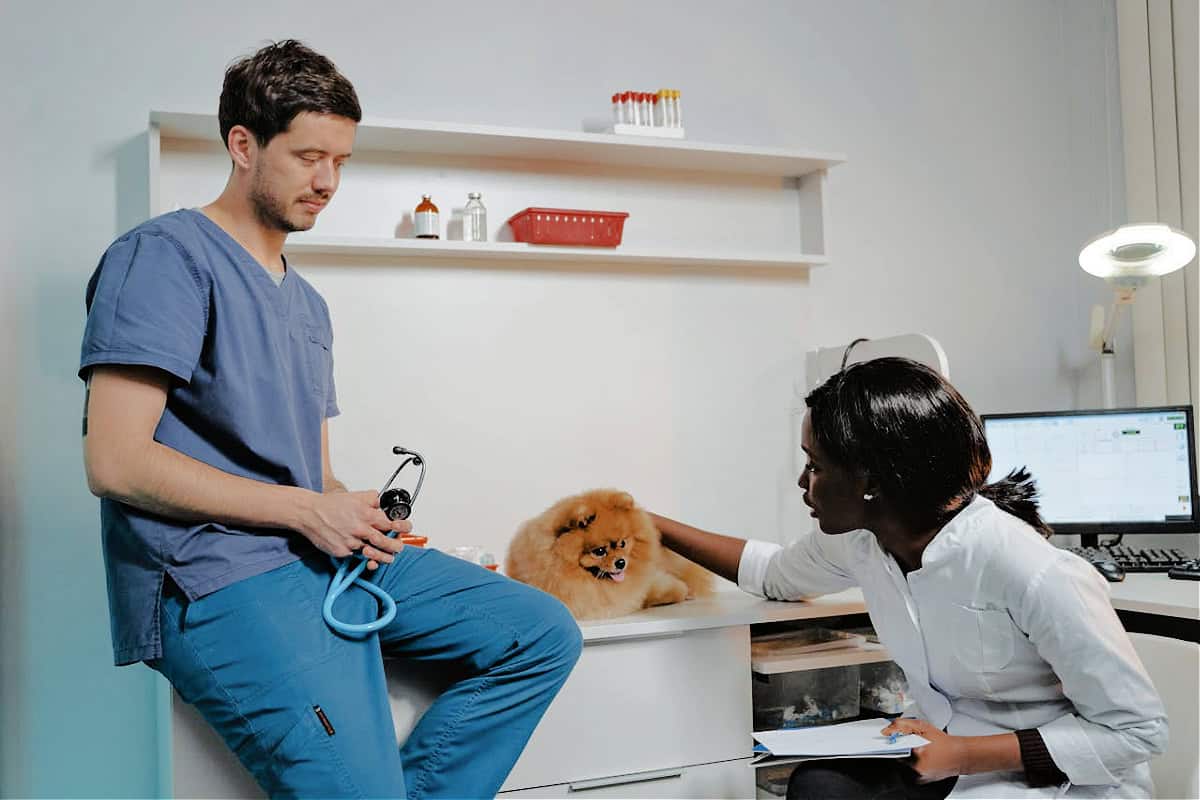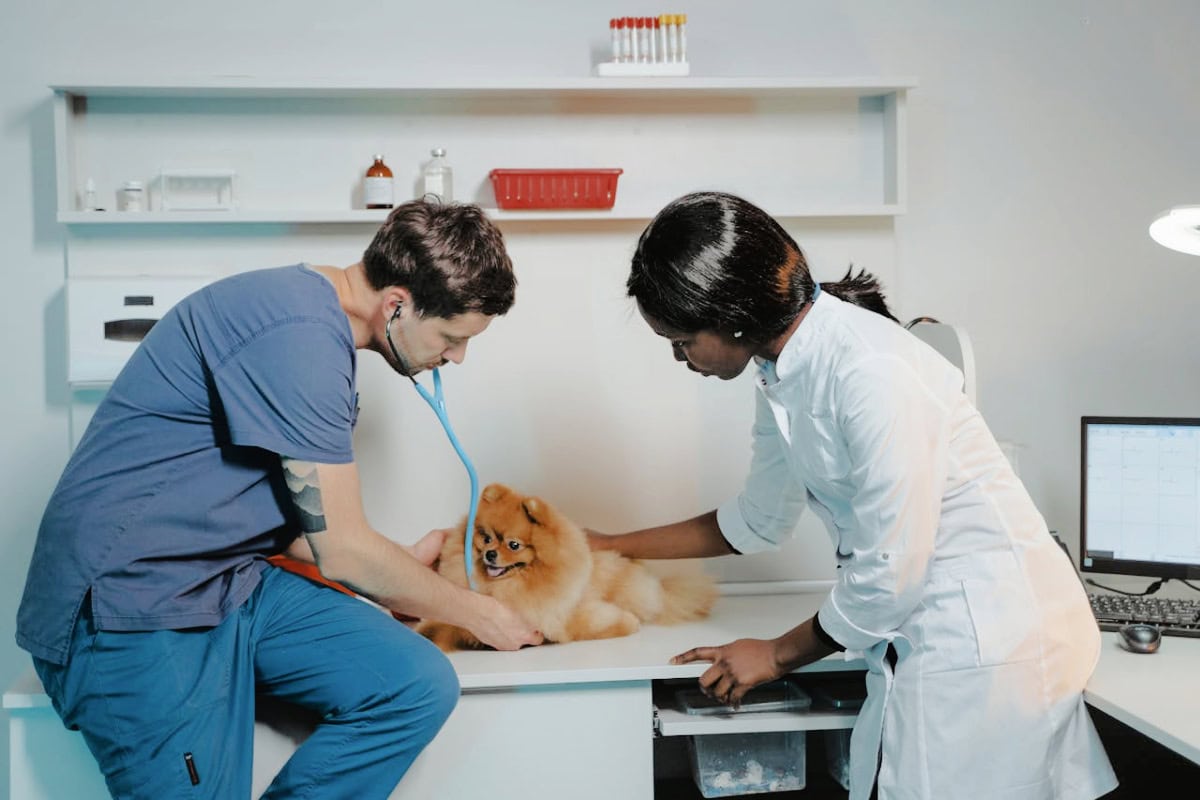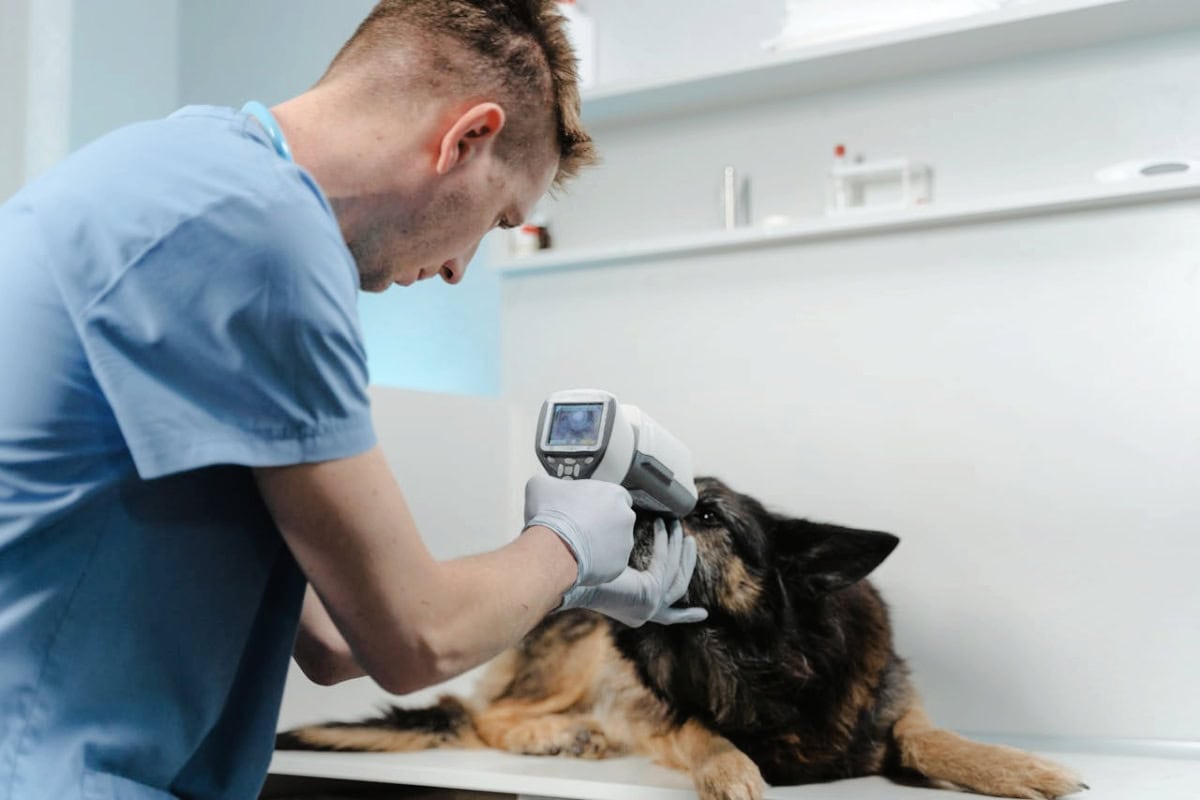Are you finding it difficult to maneuver through the complicated world of pet insurance claims?
Owners can file pet insurance claims without experiencing nightmares. By choosing the proper strategy you will receive reimbursements promptly which allows you to concentrate on your pet's well-being. Pet insurance proves invaluable when you encounter unforeseen veterinary expenses.That's why having the right coverage matters.

Pet breeds with known health problems make this statement particularly valid. If you're a French Bulldog owner, you've probably researched French Bulldog insurance options to protect your furry friend from common breed-specific conditions like respiratory problems and joint issues
The Inside Scoop:
- Understanding Your Pet Insurance Policy
- Preparing for a Successful Claim
- Filing Your Claim the Right Way
- Dealing with Claim Denials
- Maximizing Your Pet Insurance Benefits
Understanding Your Pet Insurance Policy
Understanding pet insurance requires more complexity than most people assume. You need to know your policy details before making a claim.
The reality is most pet owners neglect to thoroughly read their insurance policies until they need to file a claim. That's a mistake that can cost you.
Three essential parts of pet insurance policies require your understanding before making a claim.
- The deductible represents the initial amount you must pay before your insurance coverage begins.
- The reimbursement percentage shows the portion of veterinary bills that insurers pay, which usually ranges between 70% and 90%.
- Annually your insurer will pay up to a fixed maximum amount.

It's important to understand that pet insurance functions differently from human health insurance. Initially you pay for veterinary services directly before filing a claim to get reimbursed. You must pay for treatment costs before you receive any reimbursement from your insurance provider.
Standard policies do not cover pre-existing health conditions and preventative services as well as cosmetic treatments unless you have purchased a wellness add-on to your policy.
Preparing for a Successful Claim
To ensure smooth claims processing you need to take preparatory steps well before your pet develops any health issues.
These are the immediate steps you need to take:
- Keep detailed vet records: Document all visits, even routine checkups
- Take photos of your pet: Current photos of your pet serve as useful identification tools when necessary.
- Save all receipts: Always keep every vet-related receipt since they may be crucial for future claims.
- Know your policy number: Ensure your pet insurance policy number is always accessible by saving it in your phone or wallet.

Many pet owners fail to recognize that building a strong rapport with their veterinarian can be very beneficial. Inquire whether your veterinarian has experience processing pet insurance claims. Certain veterinarians agree to supply comprehensive paperwork which ensures the insurance claim process flows seamlessly.
A vast majority of pet owners who processed a claim expressed satisfaction with the reimbursement method. Pet owners who prepare properly experience increased satisfaction with their insurance claim process.
Make sure to request an itemized receipt from your vet that displays all necessary details.
- Diagnosis
- Treatment provided
- Medication prescribed
- Cost breakdown
Detailed documentation eliminates the need for additional communication with the insurance company in the future.
Filing Your Claim the Right Way
We'll now focus on how to process your insurance claim. Pet insurance companies have simplified their service offerings by introducing online portals and mobile apps in recent years.

Here's a step-by-step approach that works:
- File quickly: Make sure to submit your claim immediately after receiving treatment
- Complete all forms fully: The most frequent cause of delays in claims processing is incomplete from submissions.
- Include all documentation: Attach all relevant medical records and receipts
- Keep copies of everything: Maintain both electronic and hard copies of all documents you submit.
- Follow up: Assume nothing when you receive no updates from your insurance company and regularly inquire about your claim status.
Pet insurance claims can receive payouts anywhere between $20,000 and $60,000. Because these claims involve substantial sums of money, thoroughness becomes vital.
Submitting claims electronically through most companies leads to much faster processing times. Take advantage of this option when available.
Experienced pet owners track all their claims effectively by creating simple spreadsheets for documentation. Document the submitted date together with claim number, amount and current status. The tracking system enables straightforward follow-ups on any claims that appear to be behind schedule.
Claims take between 5 and 30 days to process which varies according to both the company handling it and the complexity of the claim. Practice patience during the claim process but feel free to contact support if processing exceeds typical timeframes.
Dealing with Claim Denials
Let's be honest — claim denials happen. And they're frustrating.
Receiving a denial letter can be unsettling but remain calm. The below points show you how to proceed when your claim gets rejected by the insurance company.
- Read the explanation carefully: Understand exactly why it was denied
- Check for simple errors: The denial may result from simple errors in coding or missing information.
- Gather supporting documentation: Request extra documents from your veterinarian if they prove necessary
- File an appeal: Every company maintains an appeals procedure which you should utilize if your claim is denied.
Claims are routinely denied because of pre-existing conditions along with uncovered services, absent documentation and unresolved waiting period issues.
During the appeal process request a written statement from your veterinarian detailing your pet's diagnosis and treatment plan. It proves beneficial to contest denials when pre-existing conditions are confused with current illnesses.
As a final step you may file a complaint with your state insurance commissioner if you think your insurance claim was improperly denied.
Maximizing Your Pet Insurance Benefits
How can you maximize the benefits of your pet insurance policy? Smart pet owners follow multiple methods to fully utilize their pet insurance benefits.
Ask your veterinarian about combining procedures if your pet requires several treatments. By combining treatments into a single claim you may reach your deductible threshold and increase reimbursement on future treatments.
You can learn additional methods to increase your insurance benefits below.
- Some companies enable direct payment to veterinarians which removes the need for pet owners to cover costs themselves.
- Every expense counts toward your deductible because even minimal costs will accumulate to help you meet your deductible threshold.
- You should evaluate wellness add-ons because they become valuable when you consistently use preventative services.
Pet owners who choose breed-specific insurance for French Bulldogs may experience financial savings over time. These specialized plans address the specific health challenges that particular breeds face.
Wrapping It All Up
Pet insurance doesn't have to be complicated. Knowing how to manage the claims process enables pet owners to extract maximum benefit from their policies and experience reduced anxiety during their pet's medical treatments.
Here's what really matters:
- Make sure you understand your policy before you require its benefits.
- Document every veterinary appointment and treatment for your pet.
- Submit claims promptly with complete documentation
- Follow up on outstanding claims regularly
- Appeal denials when appropriate
Pet insurance premiums in the United States average $566 yearly for dogs and $354 yearly for cats. Pet insurance proves to be a worthwhile investment when you understand that emergencies can reach thousands of dollars because effective usage is essential.
The right approach enables you to provide your pet with necessary medical care without spending too much money. That's what pet insurance is all about.





Leave a Reply